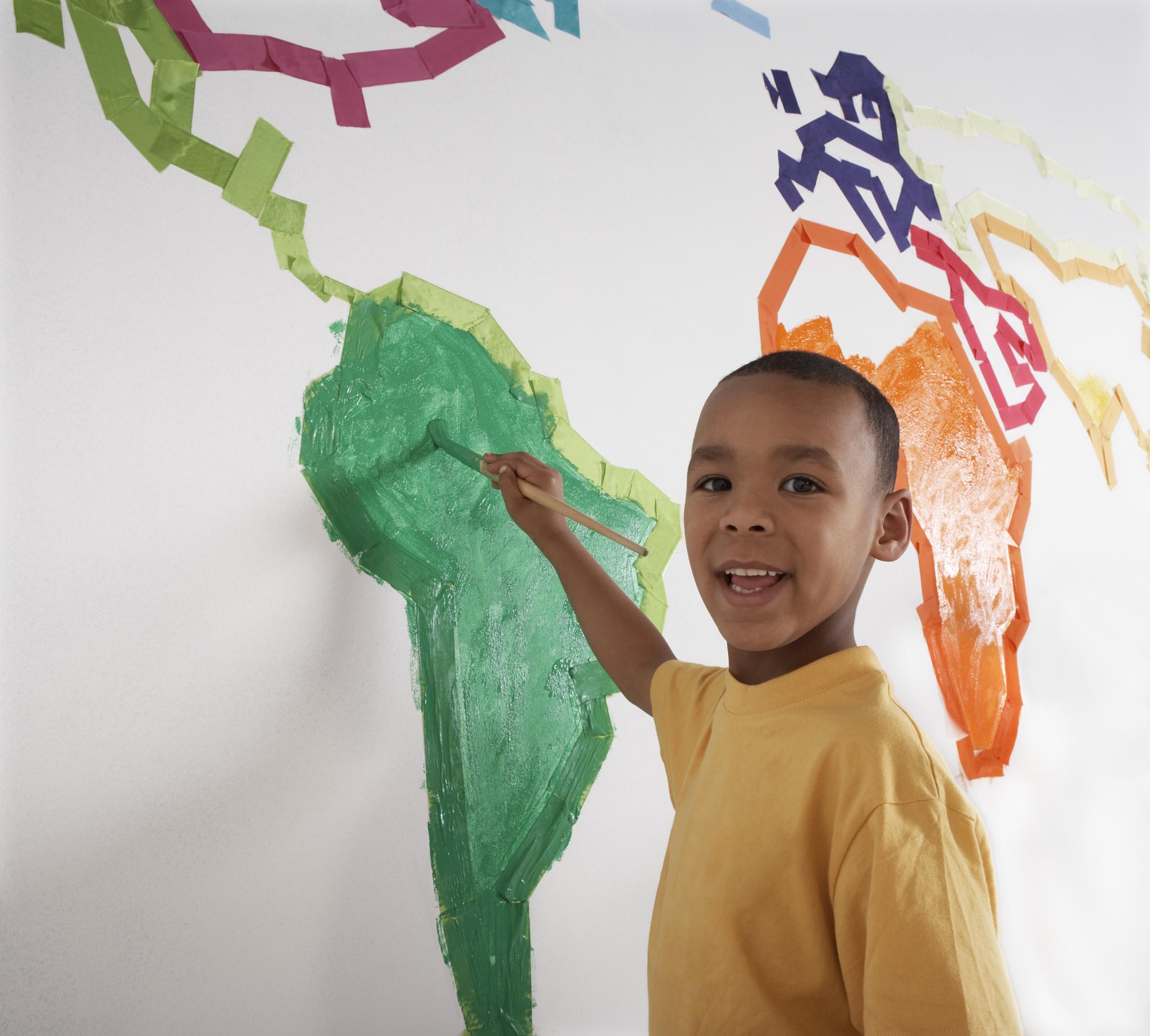
Education is more than just reading, writing and arithmetic. It can be drawing, painting and sculpting, too. Many of our schools view arts education as secondary, ignoring the benefits of combining smarts with creativity. Research from organizations like the Arts Education Partnership proves that children exposed to the arts do a better job in traditional subjects.
Daniel “Danny” Simmons Jr., an abstract-expressionist painter and President of the Rush Arts Gallery, says arts education does wonders for children from “disadvantaged” backgrounds. “The creation of something completely new from their imagination is very empowering for a child,” says the brother of Russell and Joseph “Rev Run” Simmons. “It allows them to explore their creative side and imagine themselves being anything.”
Check out Danny’s top five ways to help you and your child see the big(ger) picture.
1. Do Your Research
Research the after school programs in your neighborhood that provide arts education programs. Ask questions about the curriculum and overall objective of the program. Take the next step and enroll your child.
2. Learn from the Best
Most museums have arts education programs that are free or offered at a low cost. Even if you can’t enroll your child, you can plan a day trip to a museum or art gallery. Don’t feel intimidated if you don’t know much about art, that’s why the docents are there. At most museums, they will explain the art to you and your curious child.
3. Each One Teach One
Introduce your child to artists that you know in your community. Set up a small informal meeting with you, your child and the artist. Allowing them to talk to someone who sees things as they do- and can explain the creative process- is very empowering. Their dreams become more tangible. (Most artists I know are willing to speak with kids and adults about their work.)
4. Have a Seat in the Principal’s Office
Encourage the principal at your child’s school to implement an arts program. Express the need and benefits of fostering imagination in the school via the arts. Principals usually have some say in what’s being taught in their schools.
5. A Dollar and a Dream
A quick trip to an arts supply store can be the first step in helping your kid create a new world. Buy your child a few basic art supplies, let their imaginations soar and allow them be free to create. That’s what my mom did!




